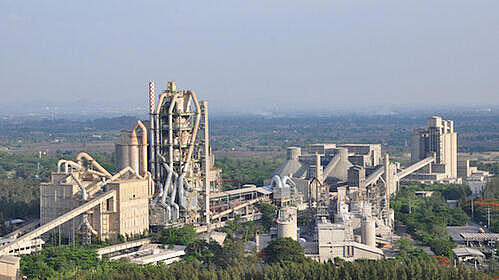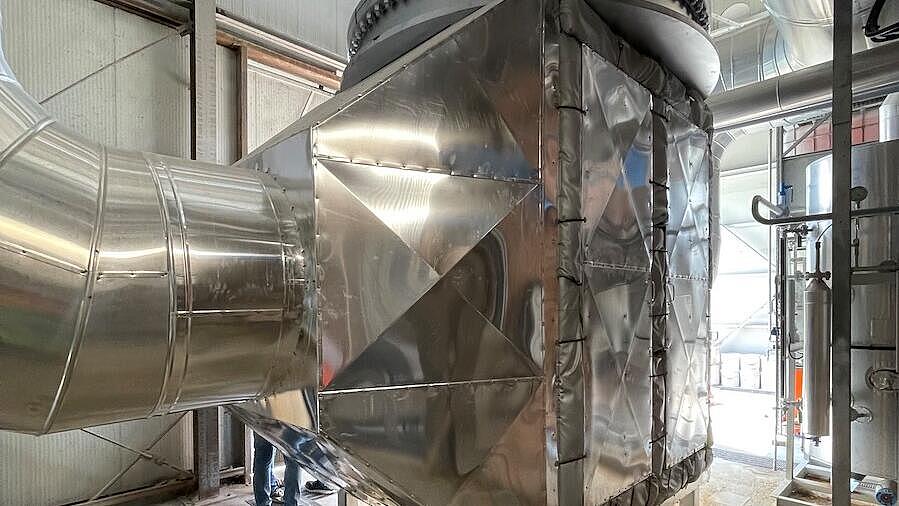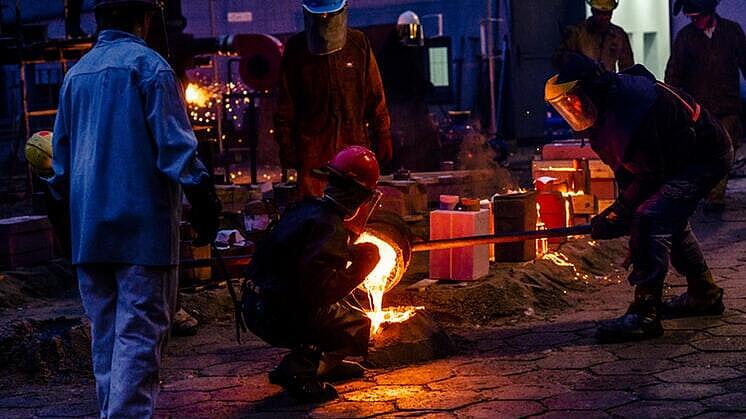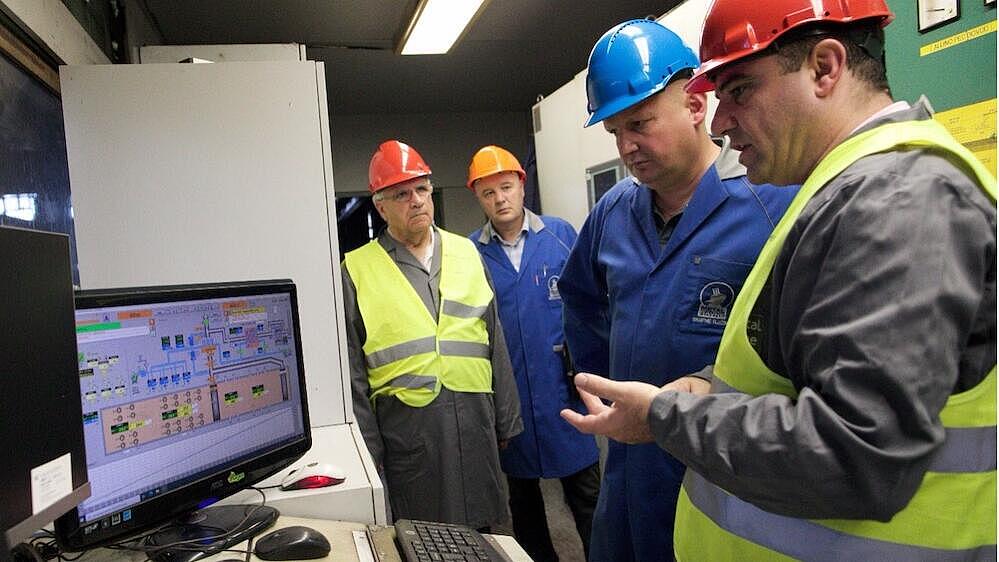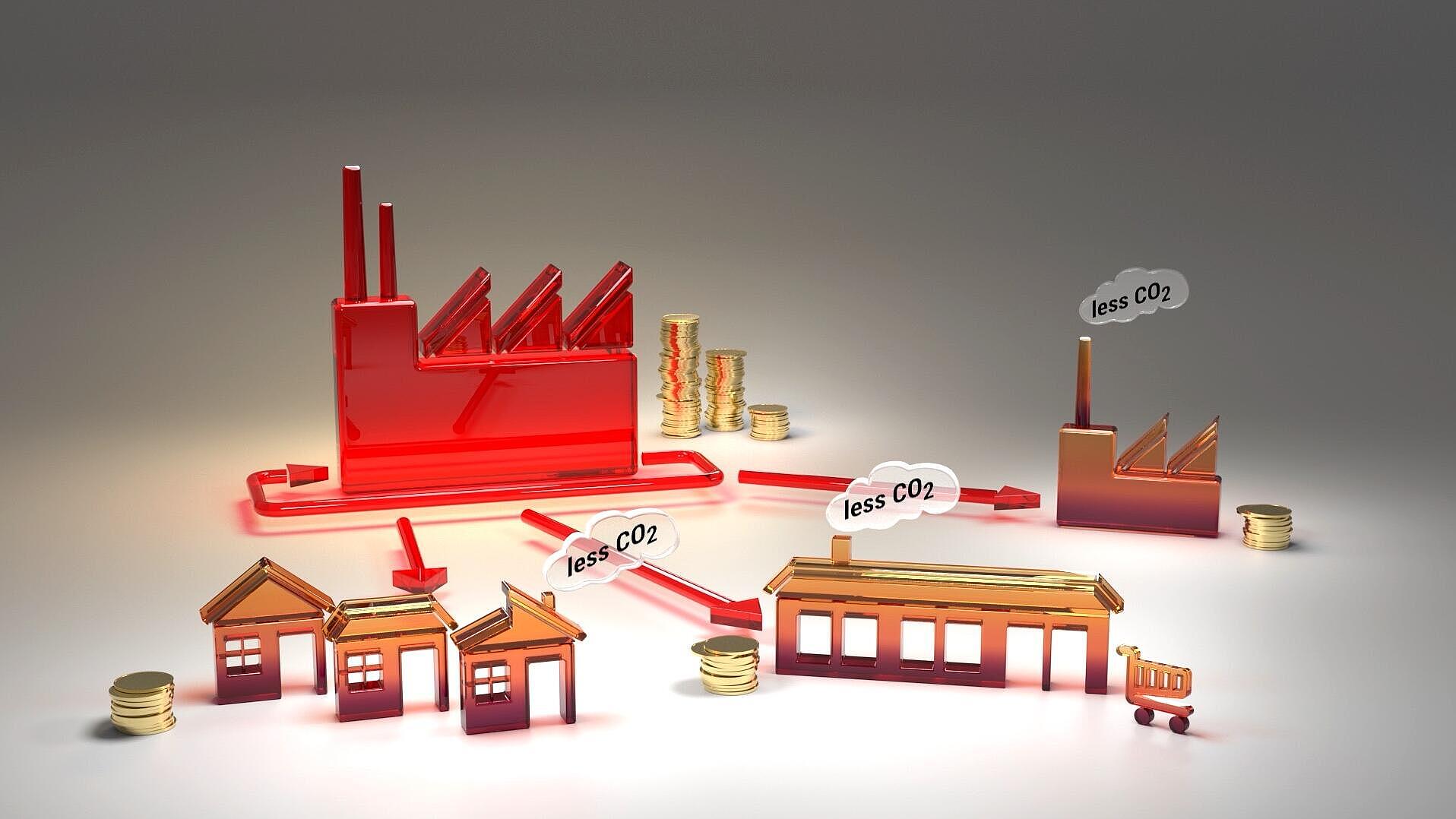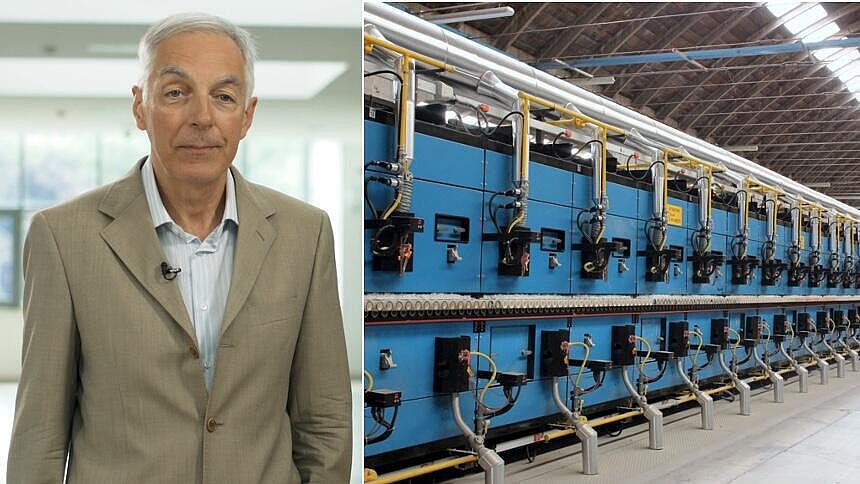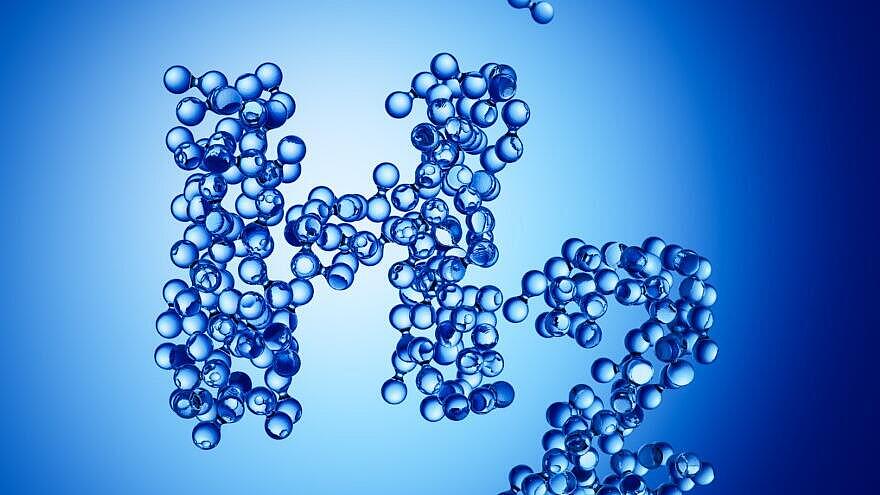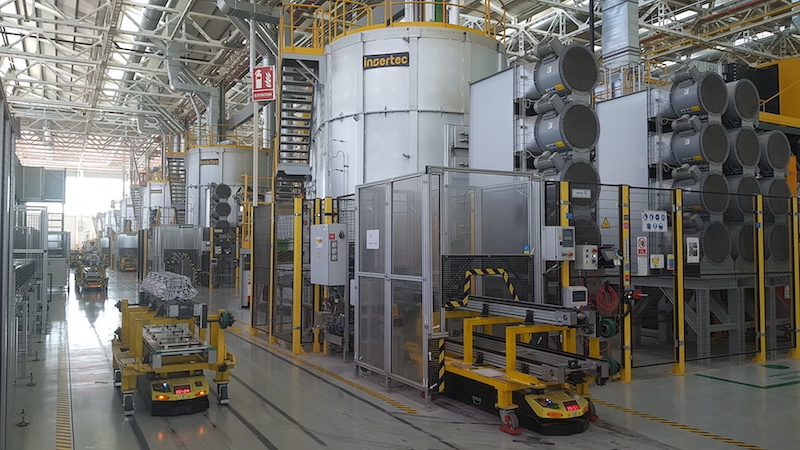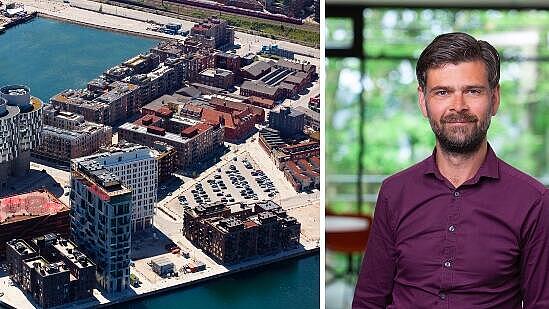 Energy Recovery & DHC
Energy Recovery & DHCEnergy Recovery & DHC
Fossil fuel combustion to meet heating needs accounts for 35% of cements CO2 emissions. The remaining 65% are due to direct process emissions, which must also be addressed. By 2050, cement production in the EU is expected to remain below pre-2010 levels. In the EU, 90% of clinker is now made via the more energy efficient dry clinker-making process. Older, less efficient wet kilns have almost been phased out. The co-processing of fuels (use of alternative fuels, such as waste and biomass) currently represent nearly half of all fuels used in the EU cement industry, with some cement plants reaching occasional substitution rates of 100%- While alternative fuels could provide 100% of the thermal energy, full substitution of fossil fuels with truly sustainable biomass is technically challenging due to the lower calorific value of most organic materials.
Read Full articleRecycled factory heat benefits industries and the environment
EU funded research is closing the circle with novel systems that recover waste heat and return it for reuse. Most process heat is lost to the environment as exhaust or discharge streams. Recovering and reusing this heat reduces energy consumption, emissions and pollutants.
Read Full articleDecarbonisation of industrial heat: The iron and steel sector
Achieving deep decarbonisation by 2050 is only possible through new production processes. Electricity demand of the sector could increase three-fold by 2050. The production of steel from recycled scrap increases by a range of +30% to +70% versus.
Read Full articleSummertime is installation time
Engineers use summer break to launch new heat recovery system. ETEKINA heat pipe heat exchangers (HPHE) designed for one of the furnaces unit is fully functional and full scale prototype intended for energy-intensive industries.
Read Full article5 energy sources you have never thought of
Less than 30% of the energy consumed on the planet is converted efficiently. The rest is discharged into the atmosphere in the form of waste heat. Excess heat produced by chillers in a supermarket can end up providing space heating and hot water for flats.
Read Full articleOn the road to making ceramic production greener
Ceramic production has had a bad reputation when it comes to environmental issues. But that is starting to change. Gabriele Frignani is responsible for applied research at SACMI FORNI SpA*,. He is co-ord.
Read Full articleMapping energy use for a fossil fuel-free Europe
Heat Roadmap Europe provides the data that engineers need to decarbonise heating and cooling systems. The project has inspired EMB3Rs and is redesigning our energy sector. Heating and cooling is probably the most diverse sector of Europes energy system.
Read Full articleWhy would you use hydrogen for power generation?
SSE and Equinors plan to build a hydrogen power station in the UK. To help navigate this topic I have provided a guide to hydrogen colours. It does not seem to make too much sense to use electricity to make hydrogen to then convert it.
Read Full articleHPHE and greener furnaces: a combo that can make emissions plunge in the aluminium industry
Insertec is a leading manufacturer of industrial furnaces based in the Spanish province of Biscay. It is a crucial partner in one of the three case studies where ETEKINA is testing a new range of heat pipe heat exchangers.
Read Full articleHow data can increase the re-use of waste energy
EnergyLab Nordhavn sits on the edge of Copenhagen, overlooking the Øresund Strait. The large-scale research and demonstration project has been a hive of activity for the last five years. It is based on Copenhagens power.
Read Full article